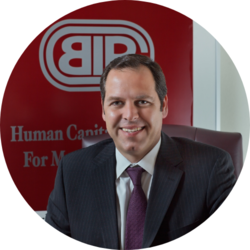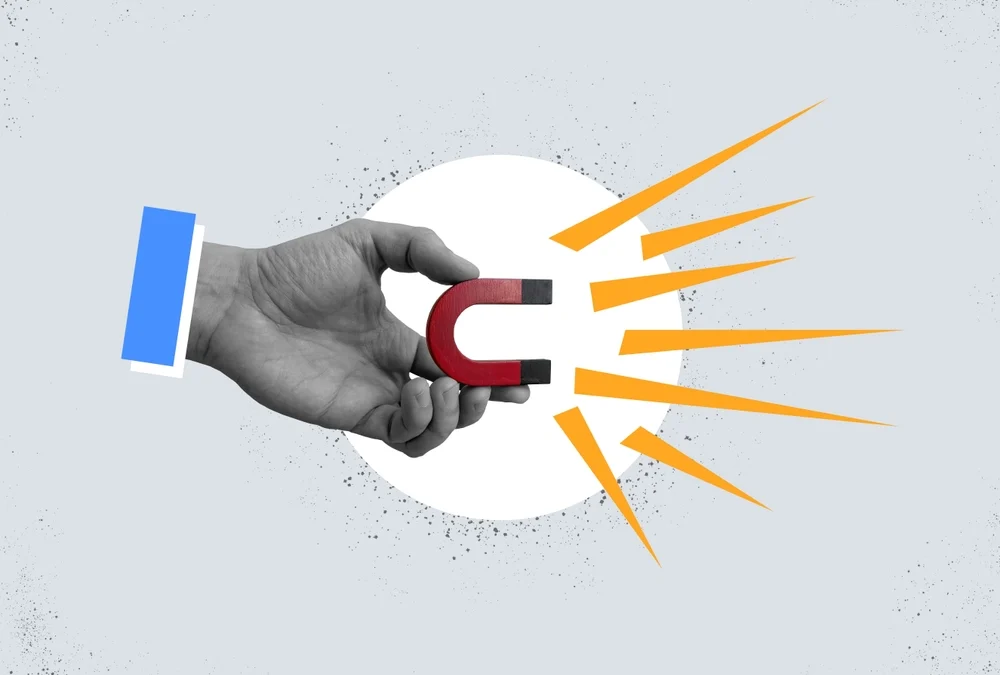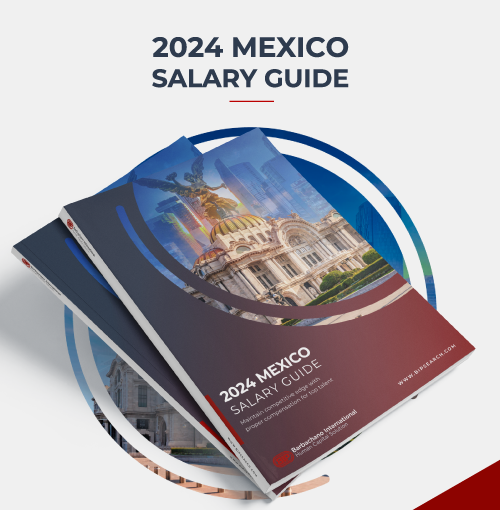
Hiring the right person from the start assures that you won’t have to begin the process all over again in a few months. Be wary of the following myths and adhere to my recommendations to get it right the first time and avoid the common traps that lead to future firings.
Myth: If You Post It, They Will Come
Probably the most prevalent myth is that simply posting a job ad is enough to attract the cream of the crop. In reality, top-tier talent doesn’t usually just stumble upon random listings. You have to actively get in front of them, which means spreading the word far and wide—not only on major job boards, but on industry-specific sites, social media, and through networking. When you actively engage with candidates by answering their questions promptly and keeping them informed about the process, it shows that you value their interest and time.
Myth: Compensation Isn’t Everything
Okay, yes, money isn’t everything … but it is something. Competitive pay is a clear signal that you appreciate the skills and experiences people bring to the table. If you’re lowballing offers, you’re likely to attract candidates who are not A or B players, may be less experienced, or are simply ‘settling’ until something better comes along. Remember, an attractive compensation package includes perks beyond salary, like bonuses, benefits, and flexible working conditions, which are increasingly important to today’s workforce.
Myth: Remote Work Complicates Hiring
The upsurge of remote work has actually made it easier to find great candidates and executives, not harder. By opening roles to remote candidates, you’re no longer limited to the talent in your immediate geographic area. This opportunity can be a game-changer in that you can access a larger pool of qualified applicants. Plus, offering remote work can be a major draw for top execs looking for better work-life balance.
Myth: Resumes Tell the Full Story
Resumes list lots of impressive skills, but they don’t give you a full picture of the person behind them. Soft skills like communication, adaptability, and teamwork are often just as important (if not more) as technical abilities. During your interview process, study the candidates’ personalities and whether they fit with your team’s culture and values. You can train for skills, but it’s much harder to train for fit, behavioral skills and attitude.
Myth: You Should Hire Quickly to Avoid Lag Time
If you rush the hiring process, you might miss potential red flags or settle for a candidate who isn’t quite right. Take the time to thoroughly vet all candidates with multiple interviews, practical tests (like profile and leadership assessments) where appropriate, and definitely reference checks. Skipping these steps could result in having to repeat the hiring process much sooner than you’d like.
Myth: Automated Tools Can Replace Human Judgement
Honestly, while AI and automated tools are great for handling the heavy lifting of sorting through applications, they’re not, I repeat NOT a good substitute for human discernment (Forbes). Use these tools to streamline your process, but remember that the final decision should come down to human interactions and assessments. Personal touchpoints can make all the difference in understanding an applicant’s true potential and fit for your company.
Myth: Everyone Exaggerates on Their Resume
While candidates try to present themselves in the best possible light, outright exaggerations or falsehoods are not as common as you might think. So approach each resume with a balance of skepticism and optimism—of course always conduct thorough background and reference checks to authenticate the details, but also give candidates the chance to demonstrate who they are and what they bring to the team.
Now that we’ve cleared up those myths, here are some tips to help you hire with confidence.
Interviews Aren’t the End Game
Another important point to remember is that a successful hiring process doesn’t end at the interview or even when a job offer is accepted. Onboarding is a major part of how well a new hire assimilates into your team and can make or break retention and job satisfaction. It’s your chance to set new hires up for success.
Keep Communication Open
After the hire, keep communicating! Check in regularly during the first few months to address any concerns early and validate the new hire’s decision to join you. This habit shows that you care about their progress, are committed to their growth, and are available to smooth out any initial bumps. It really strengthens the relationship between employer and employee.
Have a Plan B
Even with the most careful planning and execution, sometimes a hire might not work out—and while that’s okay, it’s also the reason you need a backup plan. Keep a pipeline of qualified candidates at the ready, so you don’t have to start from scratch every time a hiring need arises. Building a talent pool to draw from can ease the pressure and decrease the time to hire when you need to fill a role unexpectedly.

By Fernando Ortiz-Barbachano
President & CEO of Barbachano International
Barbachano International (BIP) is the premier executive search and leadership advisory firm in the Americas with a focus on diversity & multicultural target markets. Since 1992, BIP and its affiliates have impacted the profitability of over 50% of Fortune 500 Companies. BIP has been recognized by Forbes as Americas’ Best Executive Search Firms and currently ranks #10 and #3 on the West Coast.


